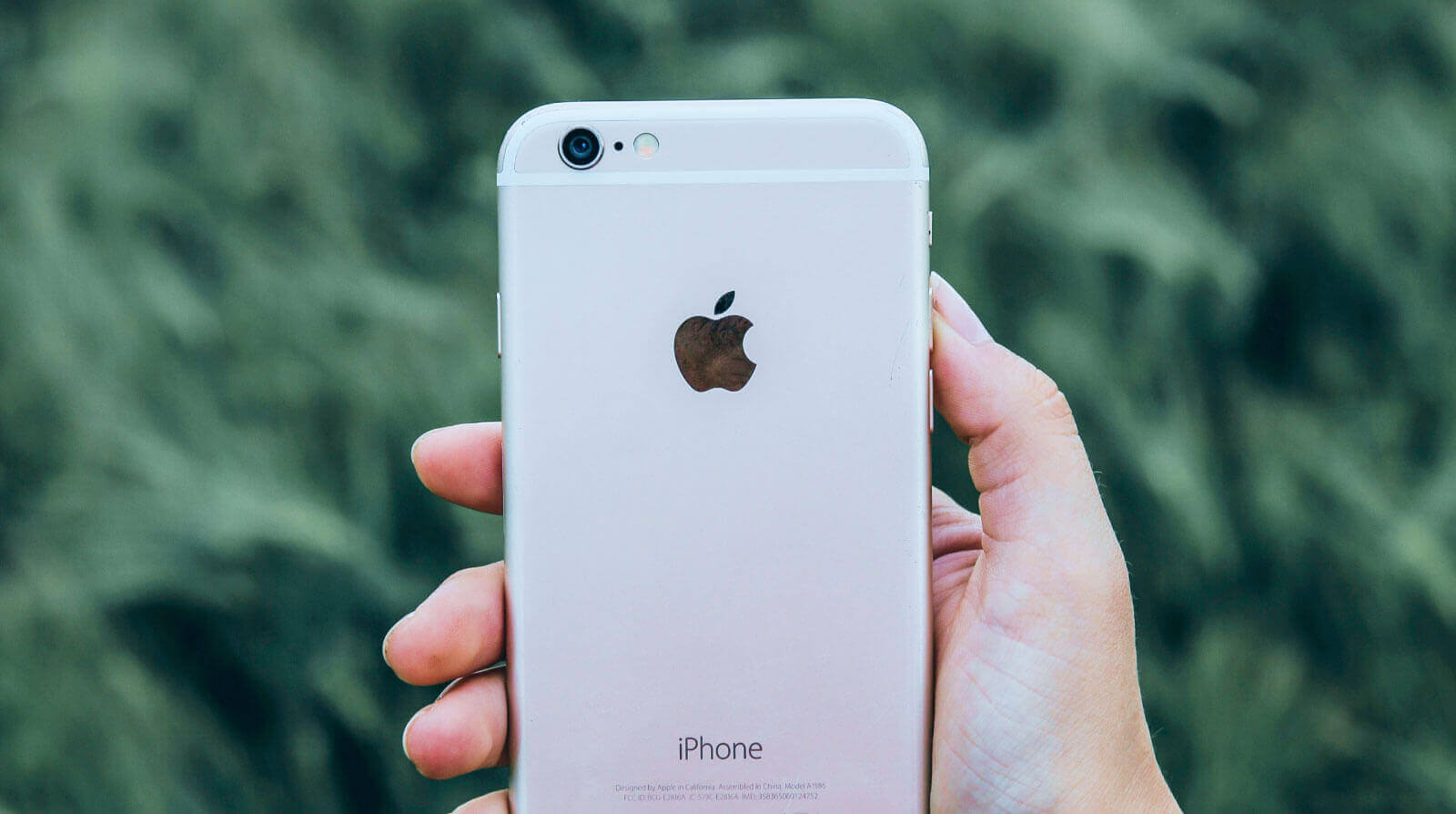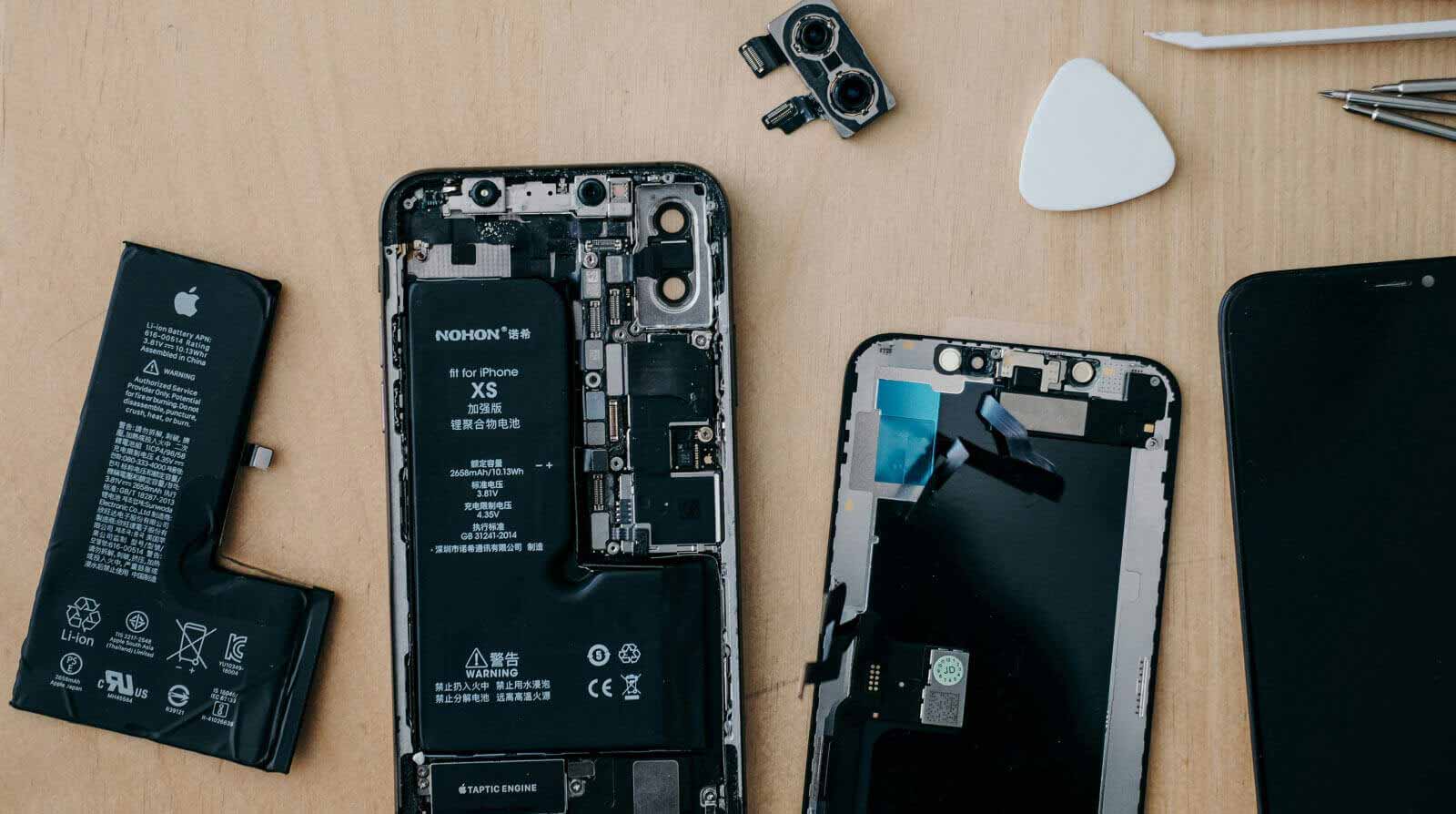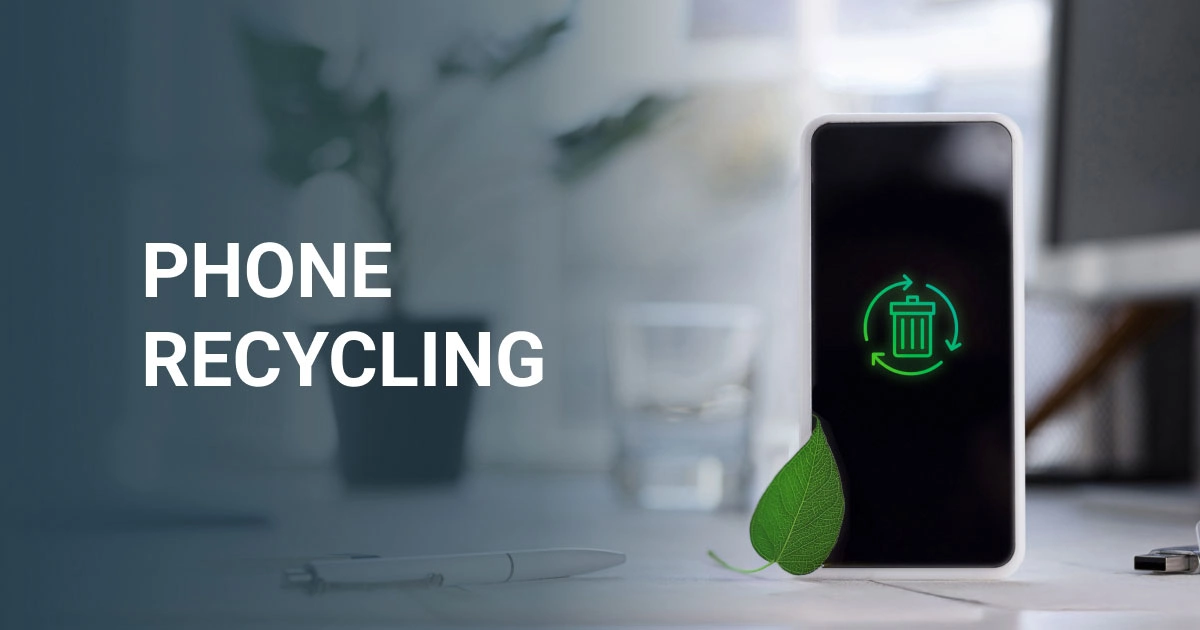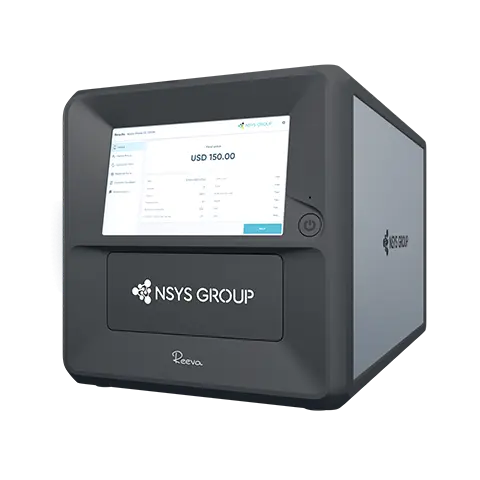The growing problem of e-waste requires a prompt response, and recycling is one of the key solutions. By recycling smartphones that can no longer be used, phone businesses contribute to sustainability and the circular economy. In this blog post, we are exploring how recycling should be conducted and how it benefits the environment.

What Is the Process of Recycling Mobile Phones?
When a smartphone reaches the end of its lifecycle and cannot be reused, it ends up in landfills, polluting the environment, or can be recycled. According to WEEE Forum, a non-profit international organization, more than 140 million smartphones are thrown away every year, with less than 20% of them properly recycled.
The recycling process may vary depending on the country, company guidelines, types of devices, etc. Let's discuss the key steps in the recycling process used by most companies.
Sorting
The first step is to separate devices that can be repaired or whose parts can be reused from those that are beyond repair. It is important to maximize the use of smartphones to reduce the overproduction of new electronic devices. Recycling should be considered a last resort.
Data Erasure
Before recycling, all personal information from the previous device owner should be deleted to prevent data breaches. The recycler is responsible for ensuring that data is wiped irrecoverably using certified software. For example, NSYS Data Erasure is listed among SERI's recommended solutions, ensuring that it deletes data in compliance with R2 certification. Transparency in the methods recyclers use for data erasure shows that they value data safety and take information protection seriously.
Disassembling
Phones contain dozens of materials, some of which are precious metals that can be reused in electronics manufacturing and other production processes. The amount of such metals is relatively small (for example, an iPhone contains about 0.3 grams of silver and 0.03 grams of gold). However, recycling these materials prevents the excessive extraction of valuable natural resources and minimizes environmental pollution.
In addition to separating precious metals, disassembling is a crucial preparation step, as hazardous materials must be isolated and managed with special care. For example, lithium-ion batteries are highly flammable, presenting safety risks. Therefore, when they cannot be reused, such device parts must be removed and disposed of in accordance with up-to-date regulations.
Recycling
In the final step, materials are recycled separately to ensure the highest possible recovery rate while minimizing environmental and health risks. The methods used for recycling vary depending on the type of material: circuit boards are shredded and then metals are separated from the plastics; metal back panels and frames are melted down; glass elements are crushed and reused as lower-quality recycled materials.
What Are the Benefits of Smartphone Recycling?
Around 1.5 billion smartphones are produced every year, which contributes significantly to environmental degradation. Making one phone requires about 13 tonnes of water and between 300 and 500 kWh of energy. Moreover, the extraction of rare and precious metals also contributes to pollution.
Recycling is a way to lower the negative impact of this industry. Let's take a look at the environmental benefits it brings:
- E-Waste Reduction. If the device is recycled and its components are reused or disposed of, it doesn't decompose in a landfill. It prevents pollution of water, air, soil, and natural habitats from toxic elements, thus protecting human health.
- Saving Natural Resources. When the resources are reused, there is no need for mining. In addition to conserving resources, recycling reduces the energy expenditure associated with resource extraction. For certain materials, this energy saving is particularly significant: for instance, recycling aluminium is 95% less energy-consuming than producing it from raw materials.
- Reduction of Health Risks. The production of new smartphones and their disposal in landfills are both unsafe for the health of humans and animals. Hazardous materials contained in smartphones, such as lead, mercury, and lithium, are toxic when managed improperly. They can release toxins, polluting the environment and harming natural habitats.

How Can Businesses Recycle Used Devices?
In addition to its environmental benefits, recycling is economically profitable: recovered materials can be resold, thereby contributing to the circular economy.
To streamline the workflow for recycling companies, NSYS Group has developed an innovative robot named Reeva. It evaluates the smartphone's functional and cosmetic conditions and wipes personal data irrecoverably within 5 minutes. Reeva is an ideal tool for streamlining the phone testing process and increasing processing efficiency.
Discover how Reeva can revolutionize your recycling process!








